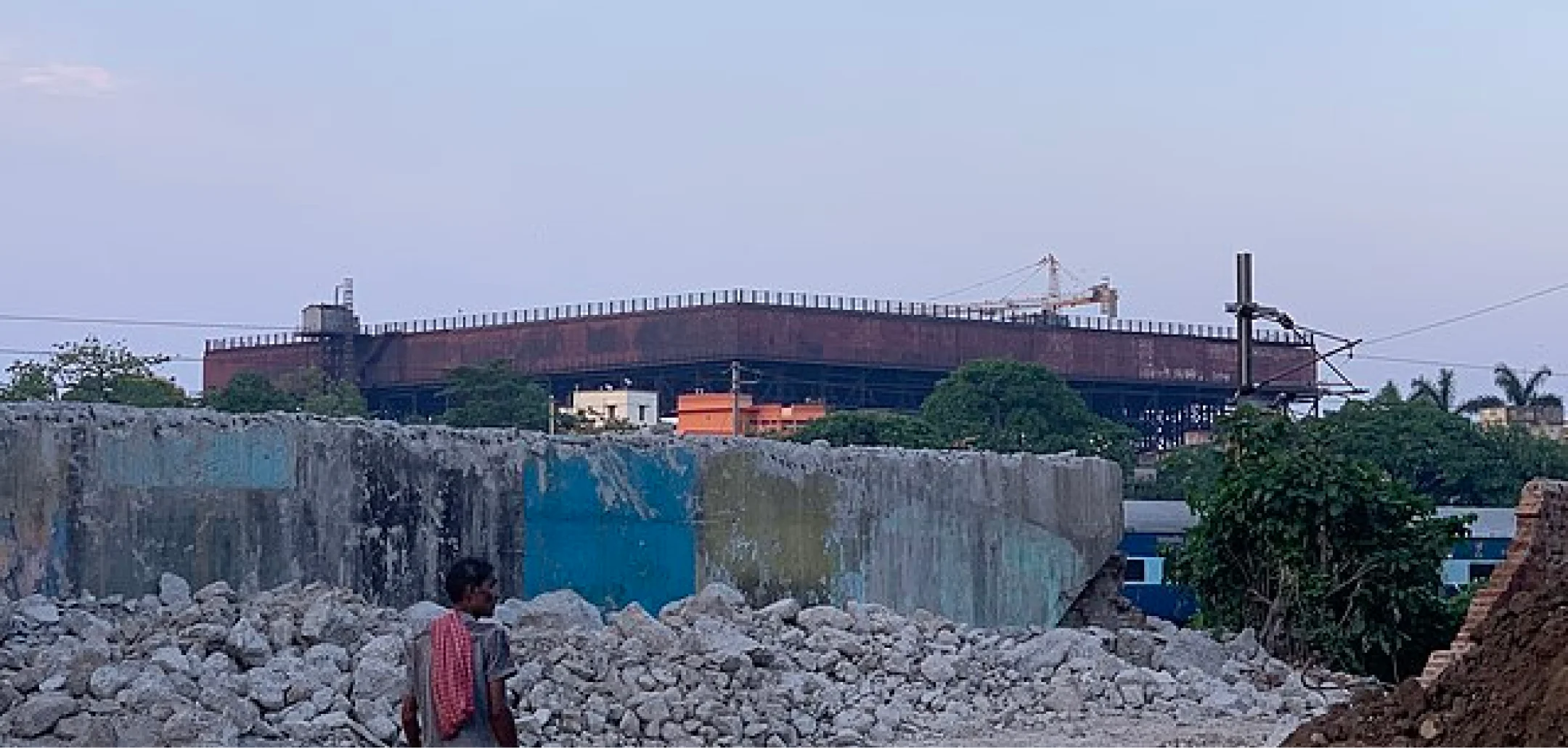In the heart of Kolkata, India, lies a hidden marvel—the Tala Tank, a majestic water tower. This architectural masterpiece that has stood tall for over a century was constructed by the British in 1911 and continues to serve as the lifeline to the city, supplying water to its residents. Made of Burmese teak wood and steel akin to that of the RMS Titanic, the tank’s history and resilience captivates all who encounter it. The Tala Tank is now considered a landmark and has been listed as a heritage site by the Kolkata Municipal Corporation. Despite its importance, the Tala Tank remains largely unknown to the public.
Introduction
History
The city of Kolkata relied on Laldighi (a built water tank) for water before the advent of pumped water supply to the city in 1820. However, with a growing population, a more substantial solution was needed. The then Assistant Engineer of the Calcutta Corporation (now Kolkata Municipal Corporation, KMC), Arthur Peirce, conceived of the idea of the Tala Tank. It was a daring proposition that a nine-million-gallon overhead water reservoir be constructed. Commissioned by Lieutenant Governor Edward Norman Baker, the tank was inaugurated in 1911, made possible through donations and meticulous construction using material imported from England and Burma.
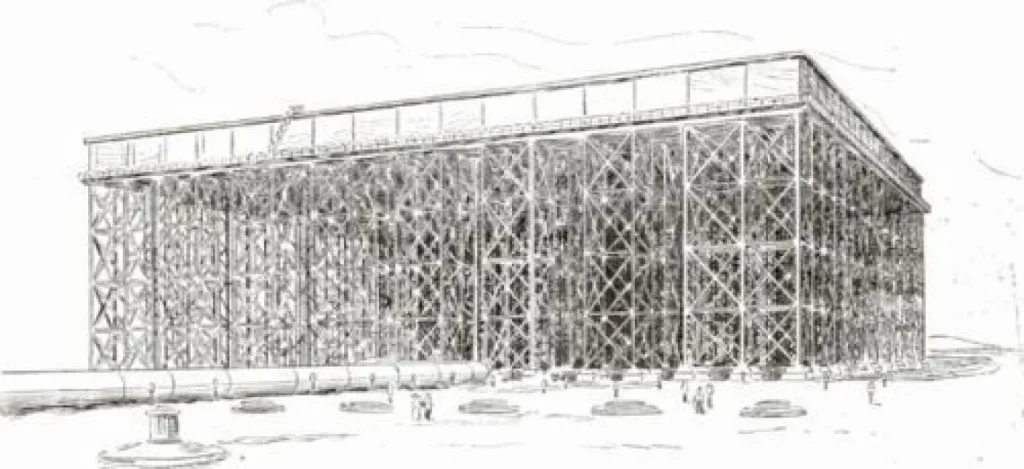
Structure
Considered the world’s largest overhead water reservoir, the Tala Tank towers 110 feet above the ground, covering a vast area of three to four acres. Its distinctive architecture draws a small number of visitors who marvel at its engineering brilliance and historical significance. Four individually isolated chambers and a single pipeline from Palta Water Works ensure a constant supply of water to the city, functioning as a crucial water reserve. Throughout its existence, the Tala Tank has faced numerous challenges and calamities and has continued to stand resilient. It survived the Nepal-India earthquake in 1934, the Japanese aerial bombings during World War II, and Cyclone Amphan’s force in 2020. The tank has also played a crucial role in the city’s water management system, providing water for irrigation, sanitation, and other uses. Additionally, it is an important source of income for many of the city’s residents, as it provides fishing opportunities and other livelihoods. The tank’s unyielding structure and strategic renovations have safeguarded Kolkata’s water security, making it an indispensable part of the city’s infrastructure.
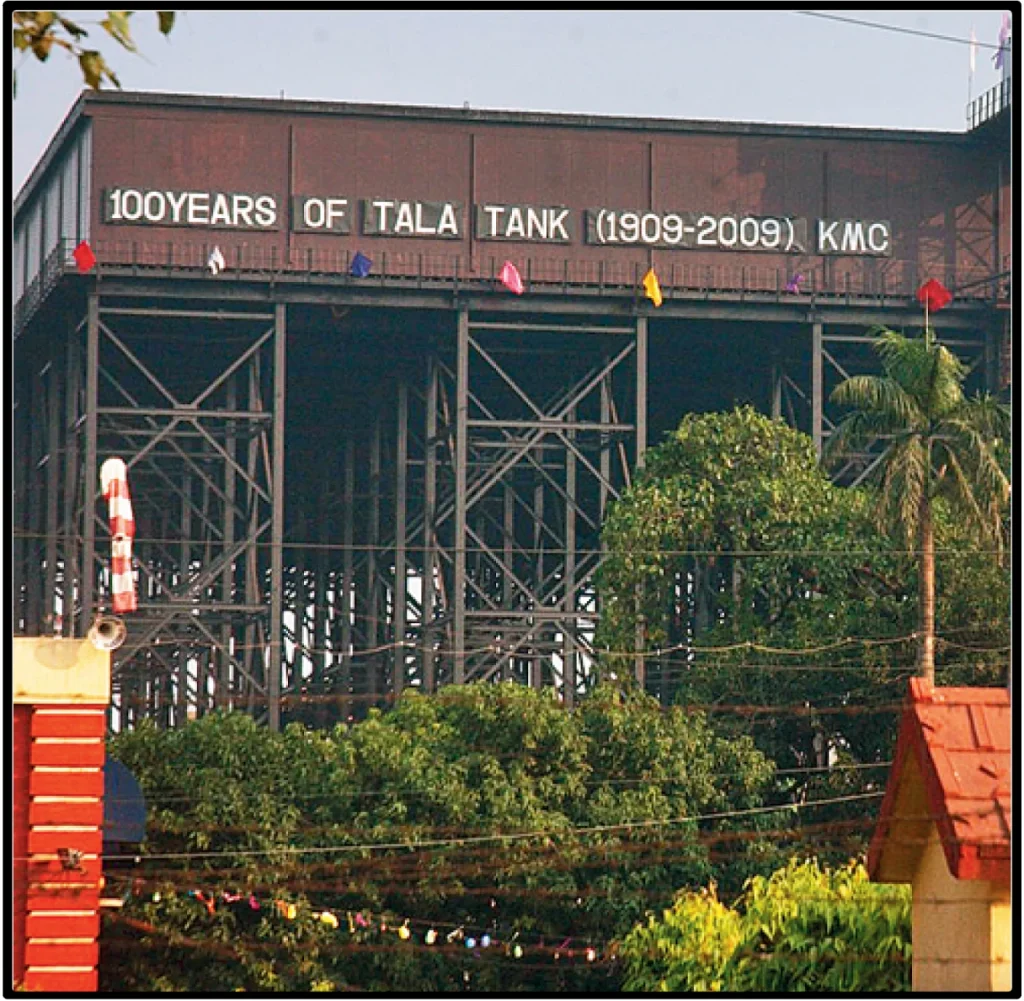
Significance and Impact
During my exploration of the Tala Tank, I came across an intriguing bit of information regarding its impact on the lives of the dhobis in the nearby Dhobighat. Eager to learn of the water source for their washing work, I visited the area and interviewed a dhobi (a washerman) and one of his helpers. The dhobi informed me that the Tala Tank plays a crucial role in their daily operations as the water from the tank is used for washing, rinsing, and soaking clothes, making their laundry work more efficient and sustainable. This reliance on the tank’s water has been a tradition passed down through generations, highlighting its continued importance in preserving their age-old profession. My visit to the Dhobi Ghat shed light on the symbiotic relationship between the Tala Tank and the dhobis. It exemplified how urban infrastructure can have a multifaceted impact, not only in providing essential services to residents but also in supporting and sustaining the livelihoods of local communities.
In conclusion, the Tala Tank is a significant and important part of the city of Kolkata and has a direct impact on the daily lives of its residents. The tank continues to play a vital role in the city’s water management system and is a reminder of the city’s rich water history, and a testament to the resilience and ingenuity of its residents.
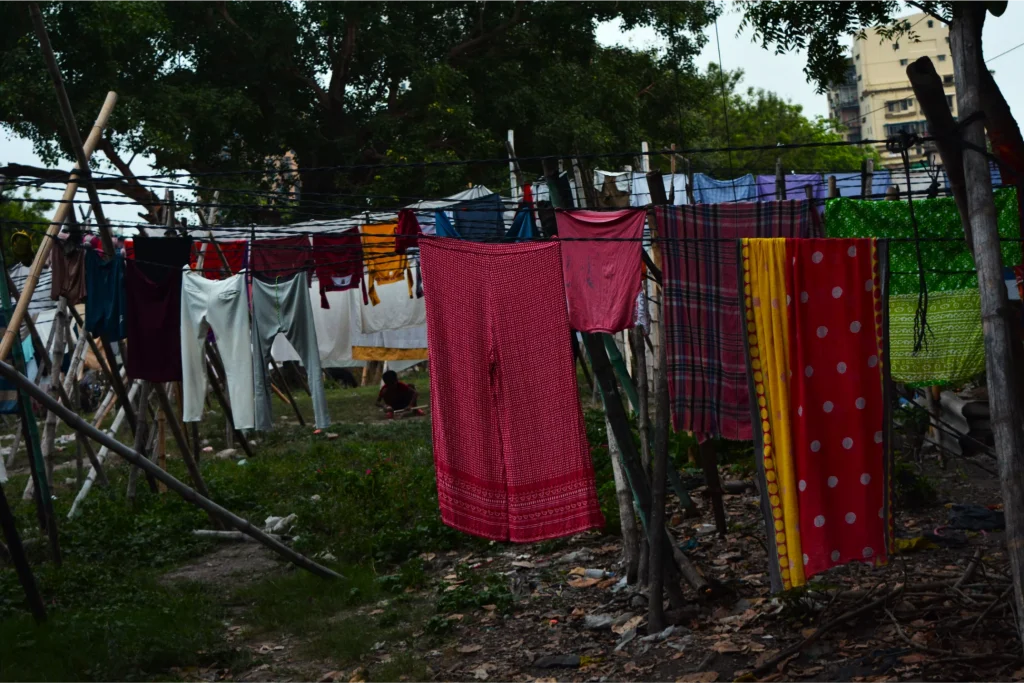
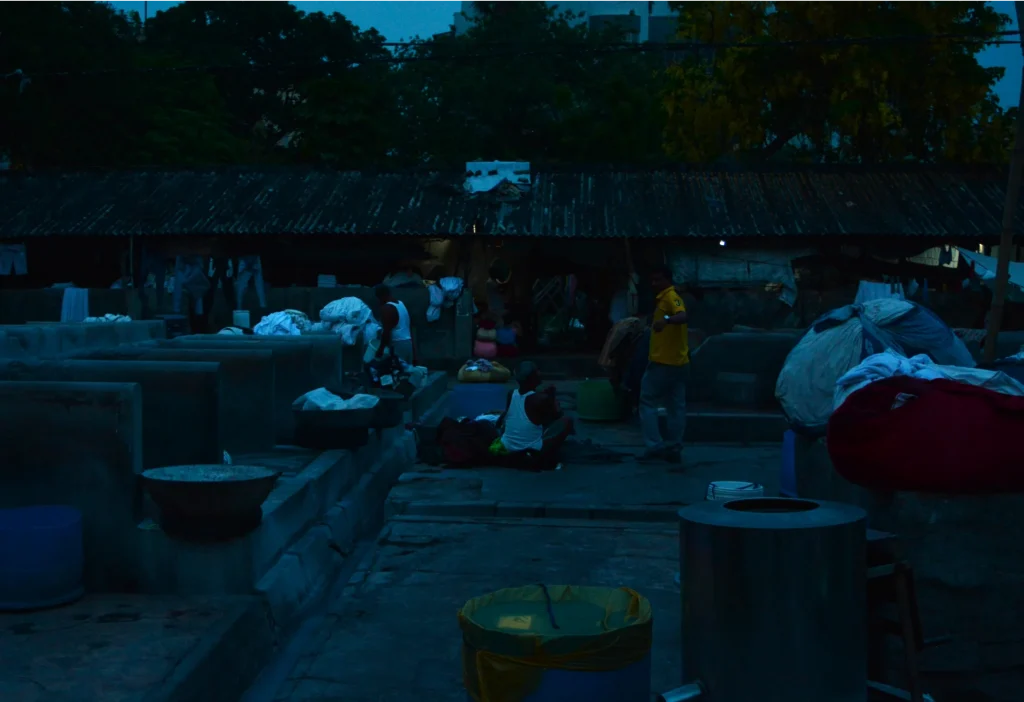
Source : Photographs taken by writer

